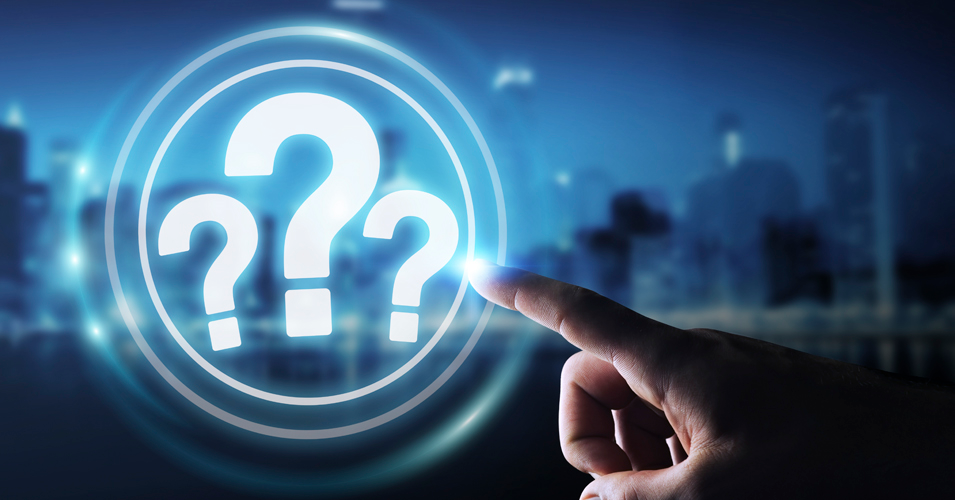


Those who are aiming to easily achieve success in SSC, UPSC, RRB, Police, Banking etc. examinations, then they need to know all the topics very well. If your general knowledge is good, then in this you can solve more questions in a very short time and you can focus the remaining time on other topics and get good marks.
Today I am providing Ancient Indian History GK Questions and Answers for Competitive Exams. You can easily get 2-3 marks with the help of History GK Questions for Competitive Exams. This post on Important Ancient Indian History GK Questions and Answers for Competitive Exams is very important and also related to General Knowledge Questions and Answers. And Modern History GK Questions.
I have prepared the Important Ancient Indian History GK Questions to increase your General Knowledge level as well as increase your confidence level for competitive exams.
Students can easily get free general knowledge questions on this platform for online exam practice to obtain good marks in competitive exams. Current Affairs Mock Test 2019 and Monthly Current Affair.
Q :
Mohandas Karamchand Gandhi was awarded the Keshar-e-Hind Award in 1915 by Penshurst ________ for his contribution to ambulance services in South Africa.
(A) Lord Dalhousie
(B) Lord Hardinge
(C) Lord Ripon
(D) Lord Curzon
The Jallianwala Bagh Massacre, also known as the Amritsar Massacre, took place at Jallianwala Bagh in Amritsar, Punjab on ________.
(A) 13 April 1919
(B) 13 August 1867
(C) 17 March 1909
(D) 4 May 1929
In Peshawar, who led and organised the Civil Disobedience movement?
(A) Lala Lajpat Rai
(B) Jawaharlal Nehru
(C) Maulana Abdul Kalam Azad
(D) Abdul Ghaffar Khan
Abdul Gaffar Khan was the leader of Civil Disobedience movement in Peshawar.
The original Buddhist religious texts had been written in –
(A) Prakrit
(B) Brahmi
(C) Magadhi
(D) Pali
The hallowed book of Buddhism is known as the Tripitaka (called Tipitaka in Pali). It is likewise called the Pali Canon, after the language wherein it was first composed. It is written in an antiquated Indian language called Pali which is exceptionally near the language that the Buddha himself talked.
Which of the following resist liberty and freedom?
(A) Centralisation
(B) Decentralisation
(C) Privatization
(D) Nationalisation
Who was the second chief election commissioner of India?
(A) Sukumar Sen.
(B) S.P. Sen verma.
(C) Rajiv Kumar
(D) T.Swaminathan.
Rajiv Kumar, Election Commissioner in ECI since 1st September 2020, took charge as the 25th Chief Election Commissioner on 15th May 2022.
What was the name of Maharana Pratap’s horse?
(A) Bulbul
(B) Chetak
(C) Hayagriva
(D) Badal
Chetak or Cetak is the name given in traditional literature to the horse ridden by Maharana Pratap at the Battle of Haldighati, fought on 18 June 1576 at Haldighati, in the Aravalli Mountains of Rajasthan, in western India.
Which of the following texts provides evidence that Prithvi raj III wanted to conquer the whole world?
(A) Tabgat-i-Nasiri
(B) Taj-ul-Massir
(C) Prithviraj Raso
(D) Prithviraj Prabandha
The most taught medieval Muslim ruler who was well versed in various branches of learning including astronomy, mathematics and medicine was
(A) Sikandar Lodhi
(B) Iltutmish
(C) Muhammad-bin-Tughluq
(D) Alauddin Khalji
Muhammad- bin - Tughluq was a brilliant scholar. He was a knowledgeable person and well versed in astronomy, poetry, philosophy, logic, medicine, physical science, and mathematics.
The Ajanta Cave Painting are a testimony to the golden age of _____ in India.
(A) Vaishnavism
(B) Shaivism
(C) Buddhism
(D) Jainism
The Ajanta cave paintings mostly belong to the period of the Guptas. There are only two known examples of cave paintings of the the Gupta period in ancient India. One of these is paintings of Ajanta caves.
Get the Examsbook Prep App Today